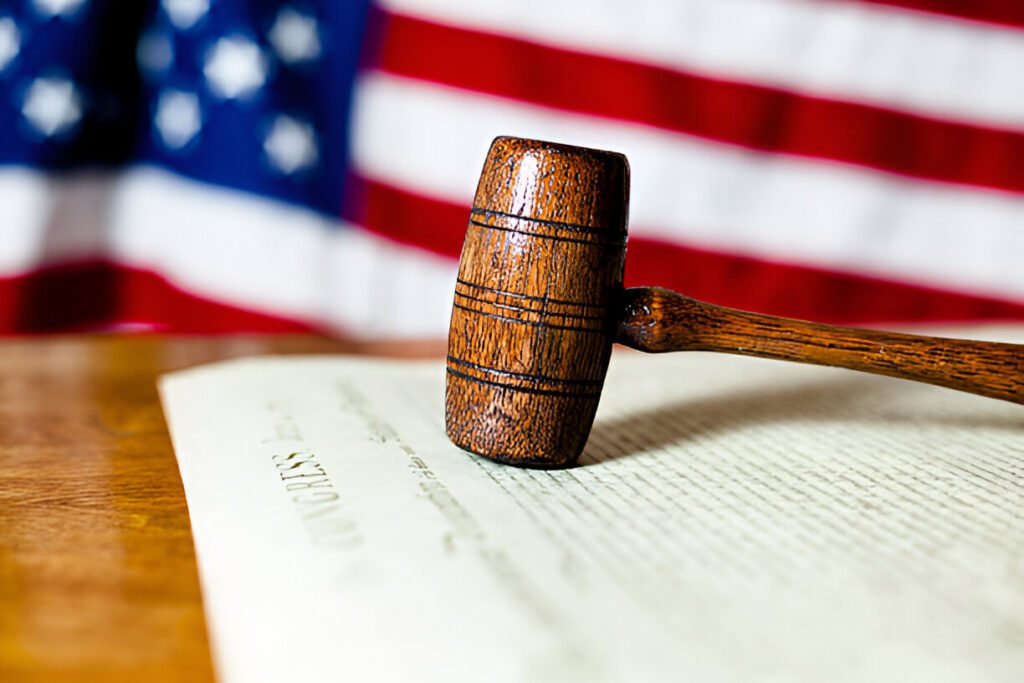Historical and Philosophical Foundations
The Second Amendment of the United States Constitution, which affirms the right of the people to keep and bear arms, has long been a cornerstone of American liberty. Among the many voices weighing in on its relevance and scope, John Enos stands out as a compelling advocate for interpreting this amendment not merely as a legal right but as a fundamental safeguard of freedom. Enos’s perspective situates the Second Amendment within a broader philosophical and historical framework, emphasizing its role in empowering citizens against potential tyranny.
Enlightenment Influence and Civic Duty
Enos argues that the Founding Fathers embedded the Second Amendment in the Constitution with a deep awareness of human nature and political power. Drawing from Enlightenment thinkers like John Locke and Montesquieu, he believes that a well-armed populace is essential to maintaining a balance between governmental authority and individual autonomy. In his view, liberty is not a static condition bestowed by the state, but a dynamic right that citizens must actively preserve—and the right to bear arms is a central mechanism in that preservation.
Preventing Government Overreach
Critically, Enos emphasizes that the Second Amendment is not exclusively about self-defense or recreational gun use. Instead, he places it within the continuum of civic responsibility, where armed citizens serve as a check on state overreach. He sees parallels between 18th-century concerns about standing armies and contemporary debates about federal power, surveillance, and civil liberties. In this light, the Second Amendment serves as a constitutional warning: any erosion of this right could signify a deeper weakening of democratic safeguards.
Modern Implications and Constitutional Integrity
Enos also explores the modern implications of the Second Amendment in an increasingly complex society. He acknowledges the tension between the need for public safety and the preservation of constitutional rights, particularly in an age marked by mass shootings, political polarization, and calls for stricter gun control. Nevertheless, he cautions against conflating criminal misuse of firearms with the legitimate, historically rooted right to bear them. According to Enos, any discussion of modern policy must remain anchored in the original intent of the amendment: the preservation of a free society.
Living Safeguard of Liberty
Through this lens, Enos does not dismiss the need for responsible regulation but insists that such efforts must respect the core principle of armed citizenry as a defense against authoritarianism. His perspective challenges Americans to rethink the Second Amendment not as a relic of the past, but as a living safeguard of liberty in an era where the boundaries between state power and individual rights are constantly being tested.
Conclusion
In sum, John Enos offers a rigorous and historically grounded interpretation of the Second Amendment, urging society to view it as an essential pillar of American democracy. By framing it as a proactive defense of liberty rather than a passive entitlement, he reinforces the amendment’s enduring significance in both constitutional theory and contemporary life.





